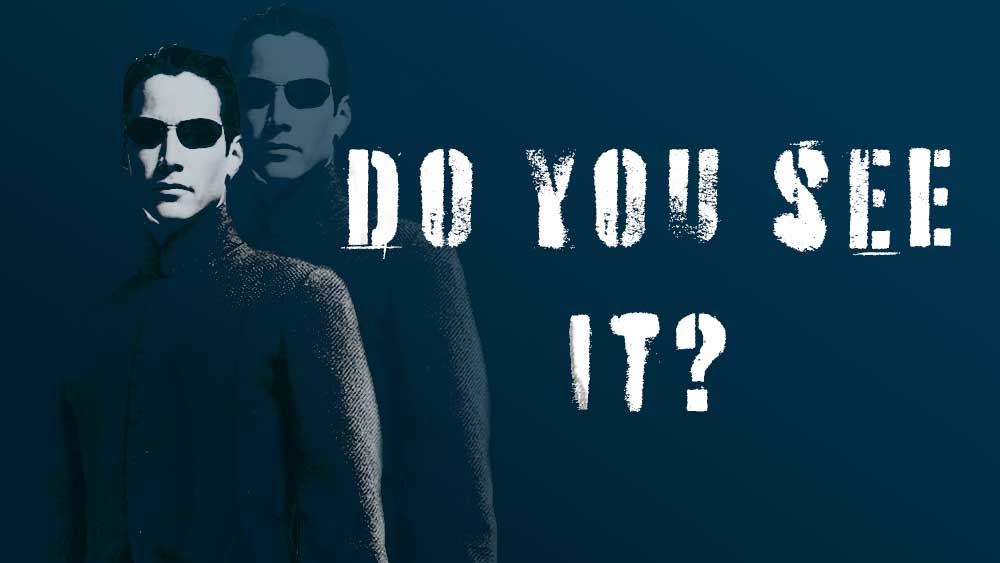This article is dedicated to the brave people of Serbia. Across the world, regimes have abused their power for far too long, yet few dare to raise their voices against oppression. Instead of blaming foreign powers for this uprising, the Serbian state and its leadership should recognize the people for what they truly are: heroes.
Serbia is currently experiencing the most intense wave of protests in decades. What began in the autumn of 2024 as a student-led march has grown into a nationwide movement. Students, farmers, and citizens have taken to the streets by the hundreds of thousands, demanding an end to corruption, government exploitation, and the rule of a privileged elite. In mid-March 2025 alone, an estimated over 100,000 people gathered in Belgrade—marking one of the largest demonstrations in Serbian history. Under the slogan "Corruption kills" and the symbol of the Red Hand, protesters demand a fair and just system. But what triggered this massive uprising?
At the center of the outrage lies a tragic event: the Novi Sad catastrophe. The collapse of a railway station’s roof, causing numerous fatalities, sent shockwaves through the country. Almost immediately, suspicions arose that corruption and negligence—not mere accident—were to blame. In response, the anger of a long-suppressed society erupted onto the streets, forming what is now known as the Red Hand Movement. This article delves into the events that led to this protest wave, the role of students and farmers, the movement’s demands, and how President Aleksandar Vučić has responded. This is the story of a people rising up for justice.
The Novi Sad Tragedy
On November 1, 2024, in Novi Sad, Serbia’s second-largest city, the roof of the central railway station collapsed, burying dozens of people underneath. Fifteen people died, and many more were injured. Witnesses described a deafening crash, followed by dust and chaos as emergency responders worked tirelessly to locate survivors beneath the rubble. The tragedy devastated the country, leaving citizens asking: How could this happen, especially at a newly renovated station?
The Novi Sad station had recently undergone renovations as part of a large-scale modernization project on the Belgrade-Budapest railway line. However, allegations soon emerged suggesting shoddy construction work and corruption were behind the disaster. Two Chinese firms were involved in the project, and suspiciously, key documents related to the renovation were classified as confidential by the government at their request. This secrecy fueled speculation that corners had been cut.
Insider sources later revealed that engineers had identified structural weaknesses just a day before the collapse, even capturing photographic evidence of cracks and corrosion. Yet, authorities failed to act. Reports indicate that up to 40% of the roof’s support structures were weakened due to improper maintenance. Had these warnings been taken seriously, the victims of the Novi Sad disaster might still be alive today.
Public anger quickly turned toward the government and those responsible for infrastructure oversight. Protesters accused officials of having blood on their hands, arguing that corruption had turned Serbia into a nation where incompetence and political favoritism endangered public safety. In the days following the tragedy, the government initially attempted to downplay its role. The Minister of Infrastructure, Goran Vesić, resigned for "moral reasons" but denied wrongdoing. Meanwhile, President Vučić pledged to bring the responsible parties to justice. However, few believed that his administration would truly hold its own officials accountable.
Despite government denials, mounting evidence and persistent media scrutiny led to the arrest of eleven people linked to the failed construction, including former Minister Vesić, high-ranking officials, and railway managers. The scandal ignited what would become a historic moment in Serbia: a full-fledged public revolt against systemic corruption.
The Red Hand Movement: A Protest Wave
What started as a collective mourning for the Novi Sad victims quickly transformed into a political uprising. Led by students, the outrage spread across the country. Just days after the tragedy, thousands of people gathered in Novi Sad, holding pictures of the victims and demanding accountability. The Red Hand became the symbol of their movement—symbolizing the belief that those in power had blood on their hands. Protesters painted their palms red and raised them in the air, while banners displaying a bright red handprint and the phrase "Krvave su vam ruke!" ("Your hands are bloody!") filled the streets.
What began as a student movement soon gained the support of the wider population. Protesters' demands are clear and direct: full transparency regarding the Novi Sad station’s reconstruction, criminal accountability for those responsible, the resignation of Prime Minister Miloš Vučević and Novi Sad Mayor Milan Đurić, and legal consequences for police brutality against demonstrators.
Despite these reasonable demands, the government responded with brutal crackdowns. The most infamous incident occurred on March 16, when a high-frequency sound weapon, suspected to be a military-grade sonic cannon, was deployed against a peaceful crowd in Belgrade. Many reported severe pain, panic attacks, and temporary hearing loss. Although officials denied the use of such a device, footage circulated online showing people covering their ears in agony as an invisible force scattered the crowd.
Still, the protests remained overwhelmingly peaceful. Demonstrators organized mass gatherings, including a silent vigil where they stood in absolute silence for 15 minutes in memory of the Novi Sad victims. Farmers joined the movement by driving hundreds of tractors toward Belgrade, forming massive convoys that symbolized the unity between rural and urban Serbia.
President Vučić's Response
President Aleksandar Vučić initially dismissed the protests, offering only condolences for the victims while deflecting blame from his administration. However, as the movement grew, his tone shifted. He began labeling the protests as "foreign-sponsored" attempts to destabilize Serbia, claiming that the movement was orchestrated by the West to weaken his rule. This rhetoric aimed to discredit the protesters while justifying possible harsher crackdowns.
At the same time, Vučić tried to contain the crisis by making calculated concessions. He distanced himself from the scandal by allowing Prime Minister Vučević to resign, hoping this would appease the demonstrators. His government also released some previously classified documents related to the railway project in an attempt to showcase transparency.
However, Vučić also mobilized counter-protests, staging pro-government student rallies in an attempt to confuse the public. These "student" demonstrators were quickly exposed as government employees and party loyalists. Meanwhile, state-controlled media continued to smear protesters as "rioters" and "Western agents."
Despite these tactics, the protests persisted and even intensified. Faced with growing pressure, Vučić hinted at early elections, likely as a strategy to diffuse tension. Yet, many believe that without genuine political change, elections alone will not resolve Serbia’s deep-seated issues.
Conclusion
The protests in Serbia are not just about a tragic accident—they are about an entire system that has been eroding public trust for years. The Red Hand Movement represents a turning point in the nation’s modern history. A diverse coalition—students, farmers, professionals, and everyday citizens—has united against entrenched corruption and government exploitation. Their demands for accountability, justice, and reform challenge not just Vučić but the entire political establishment.
While the government hopes to wait out the storm, the resilience of the protesters suggests this will not be a short-lived movement. Whether Serbia embraces reform or descends further into authoritarianism remains an open question. One thing is certain: the Red Hand’s mark has been firmly imprinted on Serbian history, and it will not fade anytime soon.







Leave a comment
This site is protected by hCaptcha and the hCaptcha Privacy Policy and Terms of Service apply.